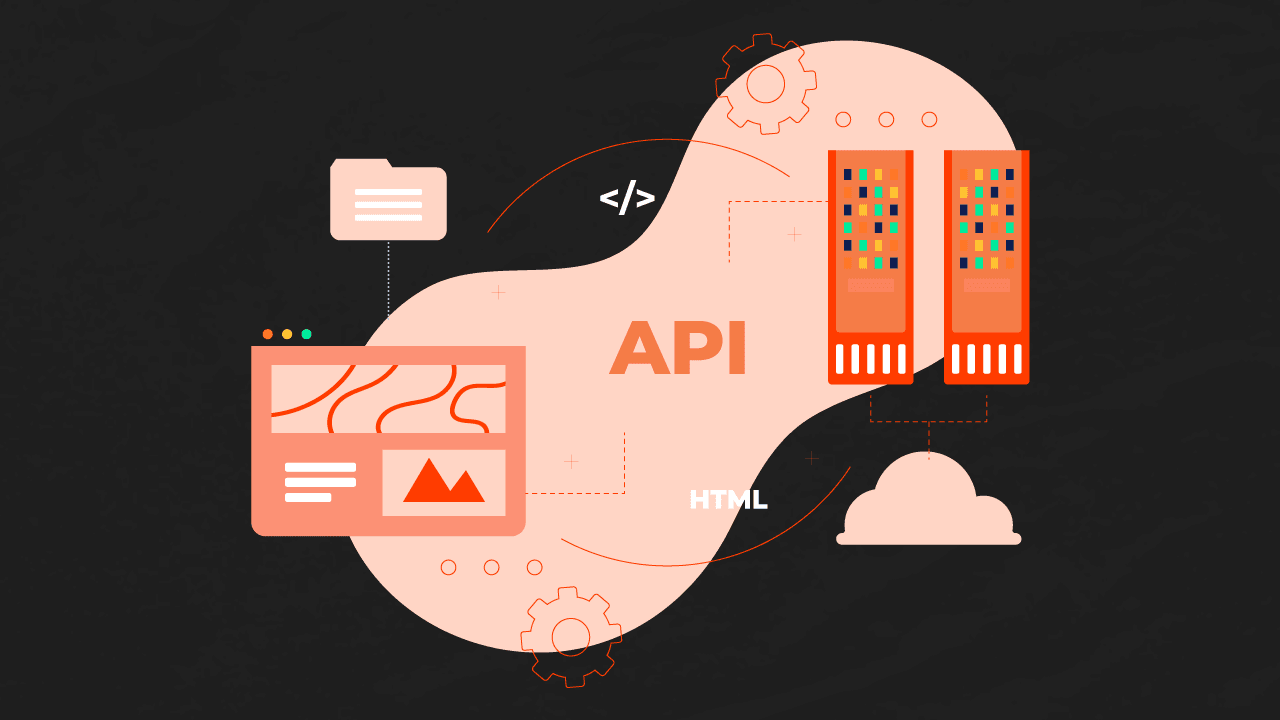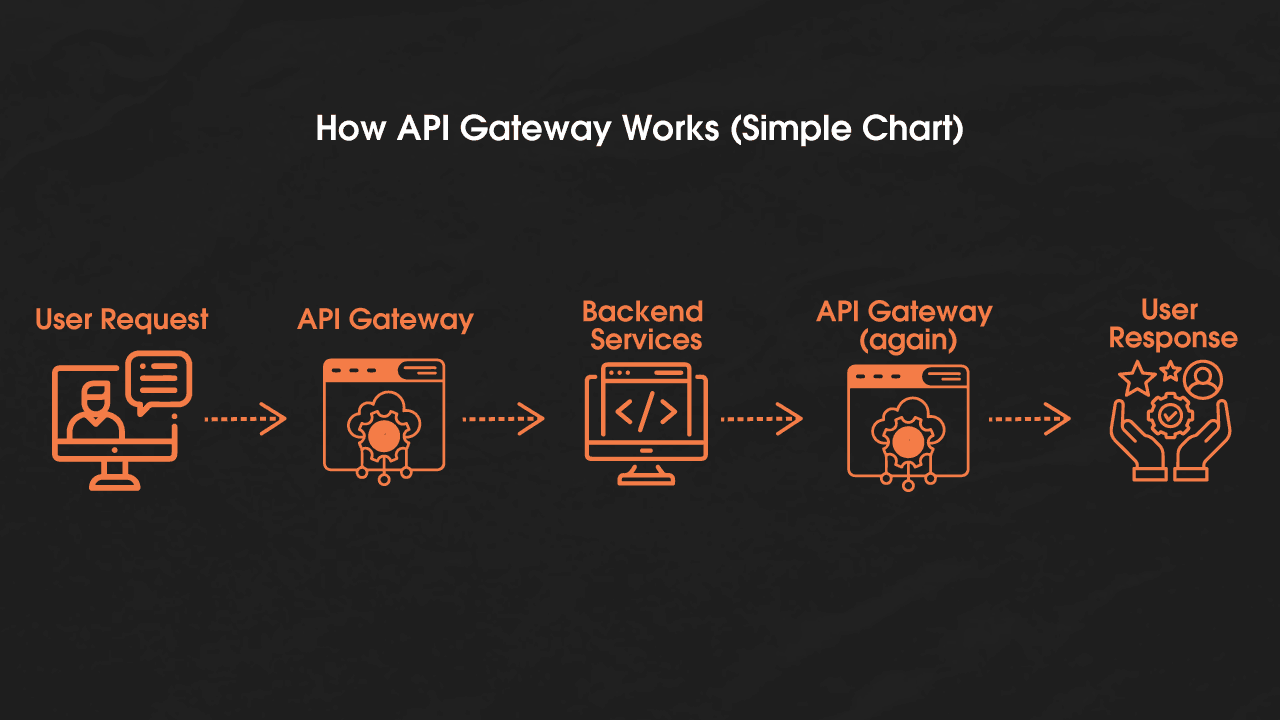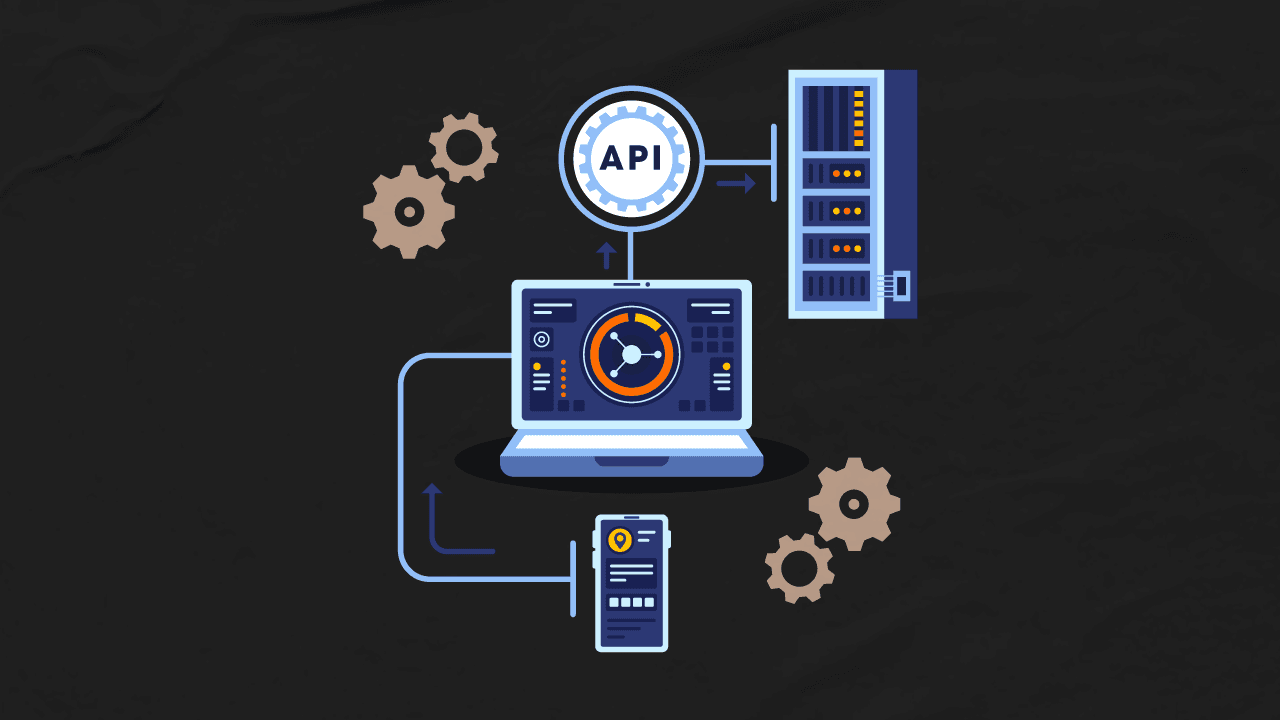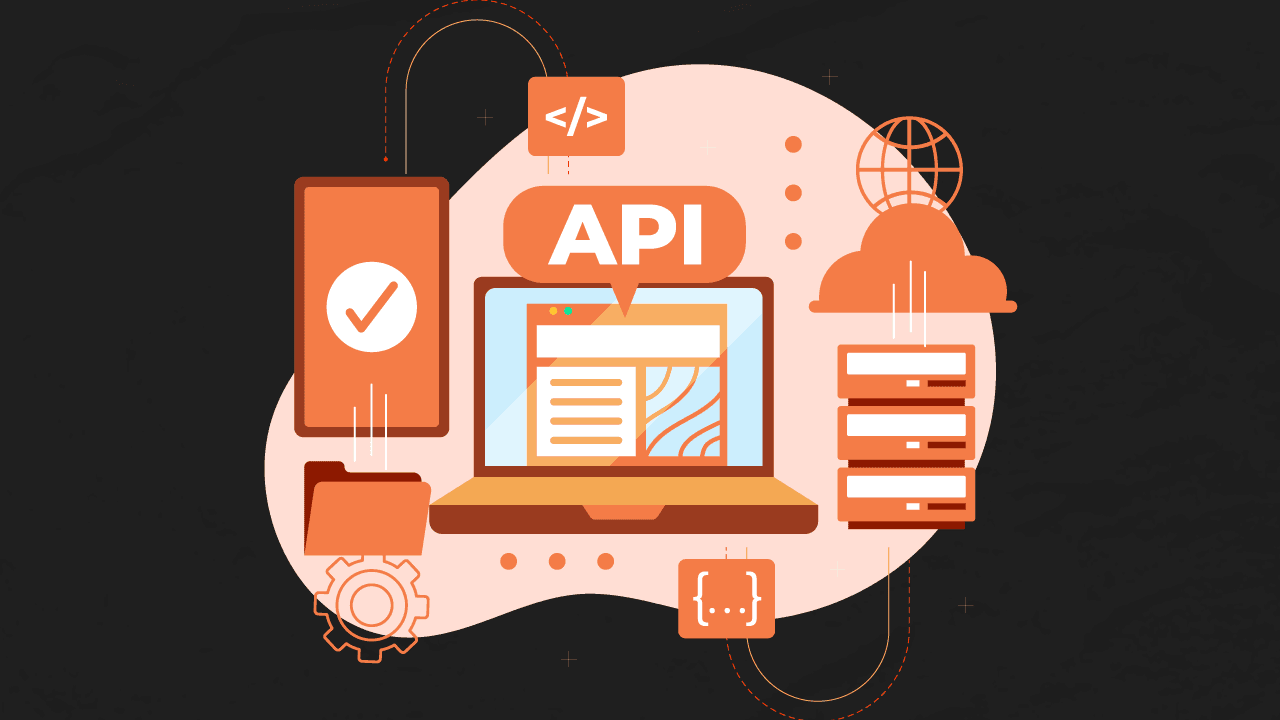How API Gateway Works: A Detailed Guide
 Marketing IBTI#Marketing IBTI
Marketing IBTI#Marketing IBTI
Imagine you run a busy café with different sections—like the kitchen, bakery, and coffee bar. Each section has its jobs and specialties. To make sure everything runs smoothly, you need a manager who takes orders, talks to customers, and tells each section what to do.
In the world of web and mobile apps, an API gateway is like this manager. It helps organize and manage how different parts of an app work together. To put it easily, it deals with data and instructions between applications (clients) and backend services.
In this write-up, we'll explain what an API gateway is, how it works, why it's important, and how to set it up correctly. We'll also talk about some things to watch out for.
What is an API Gateway?
An API Gateway is a software layer that acts as a single entry point for all API requests. It sits between your clients (apps, websites) and your backend services (databases, applications).

Think of it as a traffic cop directing API (Application Programming Interface) calls to the appropriate services. It —
- takes requests from users,
- routes them to the right service,
- and then returns the response to the user.
Let’s Give You an AWS API Gateway Example
Imagine a delicious pizza delivery app that uses an AWS API Gateway, a common API gateway tool, to streamline orders. Here's how it works:
- The User Orders: You, the hungry customer, use the app to browse pizzas and place your order.
- Request to API Gateway: The app sends your order details (pizza type, size, address) to the AWS API Gateway.
- Gateway Directs Traffic: The gateway acts like a smart waiter, identifying the right service to handle your order (e.g., order processing service).
- Order Processing Service: This service receives your order, verifies payment, and sends it to the pizzeria.
- Pizzaiolo Makes Pizza: The pizzeria receives the order, prepares your delicious pizza, and gets it ready for delivery.
- Delivery Confirmation: The order processing service sends a confirmation back to the gateway, which then relays it to the app.
- Happy Customer, Happy Belly: You receive a notification that your pizza is on its way, and soon you're enjoying a hot, tasty pizza!
So, at this point, if that pizza delivery app didn't use an API Gateway, things could get messy behind the scenes. Without an API Gateway, the app directly communicates with each service.
This can get messy and hard to manage. With an API gateway, the app sends all requests to the gateway, which then directs each request to the right service.
How API Gateway Works (Simple Chart)
Here's a simple chart to help visualize how an API gateway works:

User Request → API Gateway → Backend Services → API Gateway → User Response
User Request
When you use an app or website, like logging in or checking out products, you're sending a request.
API Gateway
This is like a smart inbox that gets your request. It looks at what you want to do and decides which part of the app should handle it—like logging you in or showing product details.
Backend Services
Once the API Gateway knows what you need, it sends your request to the right place in the app. For example, if you're logging in, it sends your info to the authentication service. If you're looking at products, it sends your request to the product database.
API Gateway (again)
After the service (like authentication or product info) gets your request, it does its job—like checking your login info or fetching product details.
User Response
Finally, the API Gateway gets the answer from the service and sends it back to you. So, if you're logging in, it tells you if you're in or not. If you're checking products, it shows you what's available.
Besides, you can check out our blog to get an elaborate idea of the API development process.
Advanced Operations of the API Gateway

Here are the specific functions and mechanisms that the API Gateway applies to managing and optimizing API requests.
Authentication
This is like checking if you're allowed to do something. When you use an app, the API Gateway looks at your login info (like usernames or passwords) to make sure it's you. It also checks if you have permission to do what you're asking.
Routing
After you ask for something in the app, like viewing a page or buying something, the API Gateway decides which part of the app should handle your request.
Rate Limiting
Imagine if you could only ask for something a certain number of times in a minute. The API Gateway keeps track of how often you're asking for things and makes sure you don't overload the app.
Caching
When you look at something in the app, like a list of products, the API Gateway might remember it for a short time. So, if you look again, it can show you faster because it already knows what you're looking for.
Load Balancing
Sometimes, lots of people are using the app at once. The API Gateway makes sure all the work (like checking accounts or showing products) is shared evenly between the different parts of the app.
Monitoring and Logging
The API Gateway keeps an eye on all the requests going in and out of the app for monitoring and debugging purposes.
Also, you can take a look at our insightful blog to learn where to find the best custom API development company in the USA.
API Gateways: A Must-Have
Here are some situations where an API gateway is a must-have:
Microservices Architecture
If your application is built on microservices (independent, modular backend services), an API gateway is a must-have for managing communication between them.
Multiple Client Applications
If your application ecosystem includes various client apps (mobile, web, etc.), a gateway ensures that all these devices can use the app smoothly, get the same information, and work well together.
Scalability and Security
If you anticipate significant user growth, an API gateway helps you build a system that can adapt and handle increased traffic perfectly.
How to Ensure a Perfect API Gateway

Here’s how you can make sure a perfect API gateway by following the below practices.
Choose the Right Gateway Solution
There are many API gateway options. Choose one that works well with your existing toolbox (services) and tackles your specific needs.
Location, Location, Location
Where you place your API gateway (cloud-based, on-premise) can affect your choices. Do you need an API Gateway product that works anywhere (platform agnostic), or are you happy with using a built-in option from your cloud provider?
Implement Strong Security
Your gateway needs strong security. Use tough authentication (checking IDs) and authorization (granting access) features to keep bad guys out.
Speed Up Your Service
Set up caching to store frequently requested info, which makes your gateway respond like a flash. Also, use rate limiting to stop anyone from overwhelming your system with too many requests at once. Make sure it can deliver high performance (throughput) and low response time (latency).
Growing Power
Make sure the API gateway can grow bigger and stronger to handle the increased demand. It should be able to scale up (more power) and scale out (better backup) to keep things running smoothly.
Security Shield
Your API gateway needs to be a security expert, protecting your app from bad guys. To keep your app safe, apply features like access control (who gets in), advanced encryption (secret messages), and built-in security tools.
Monitor and Log Traffic
Use monitoring tools to keep an eye on how many people are using your app and what they're doing. Log important information to analyze later, like a detective keeping track of clues.
Regular Updates and Maintenance
Keep your app up to date with the latest security patches and fix any problems fast. It stops bad things from happening and makes the app work better for everyone.
Caveats and Challenges

Here are some things to keep in mind with API gateways:
- More Moving Parts: Adding an API gateway is like adding another character to your app's story. That’s why it needs extra planning and care to make sure it works smoothly with everything else.
- Slowdown Surprise: While API gateways can speed things up, think of a crowded bridge. If not set up carefully, the gateway itself can slow things down.
- One Weak Link, Big Problem: If the API gateway malfunctions, your entire app might go down. Make sure it has backups and can stay up and running no matter what.
In addition, visit our latest blog to get the API security best practices checklist in 2024.
Why Choose IBTI for Top-notch API Development
You can keep your trust in IBTI for top-notch API development. Here's why:
- Custom-made Solutions: We can create APIs that perfectly fit your needs.
- Security Matters: We'll build secure APIs to keep your information safe.
- Focus on What You Do Best: By letting us handle the API development, you can focus on running your business!
- Turning Ideas into Reality: We can take your ideas and transform them into successful applications.
Plus, we’re available 24/7, so you can reach out to us for any problem instantly.
Wrapping Up
So, coming to the last stage of how an API gateway works, we can say that an API gateway is really important for managing and improving communication between clients and backend services. It makes talking to your app easier, keeps it safe, speeds it up, and helps you monitor everything from one place. By doing things right and knowing the problems, you can set up a strong and good API gateway.

Marketing IBTI
#Marketing IBTI🇧🇷 Português
A IBTI é uma empresa de tecnologia com mais de 12 anos de experiência em desenvolvimento de sistemas, apps e soluções sob demanda. Atuamos no Brasil e no exterior com foco em qualidade, inovação e eficiência.
🇺🇸 English
IBTI is a tech company with over 12 years of experience developing custom software, apps, and IT-as-a-service solutions. We serve clients in Brazil and abroad, with a strong focus on quality, innovation, and efficiency.